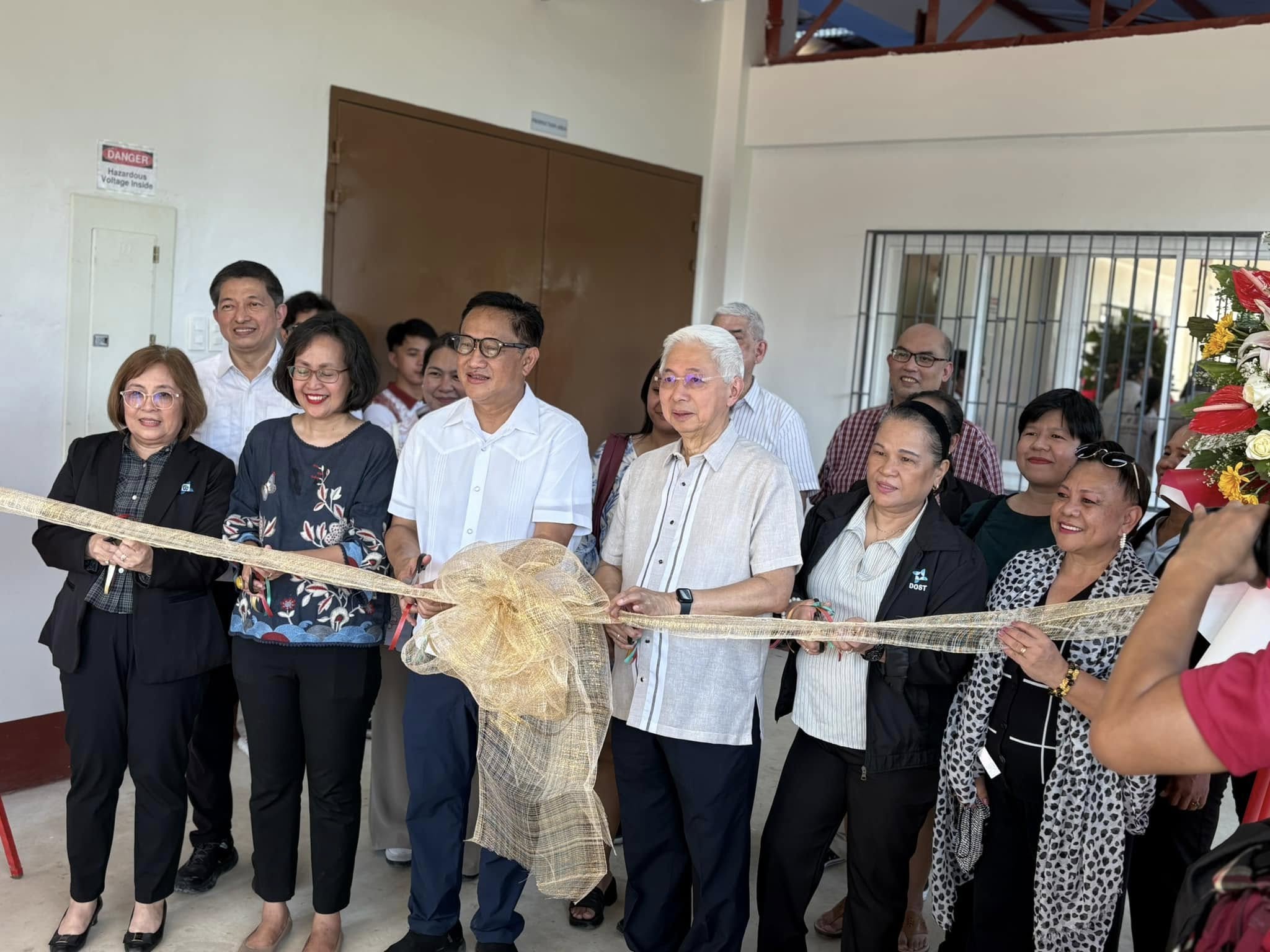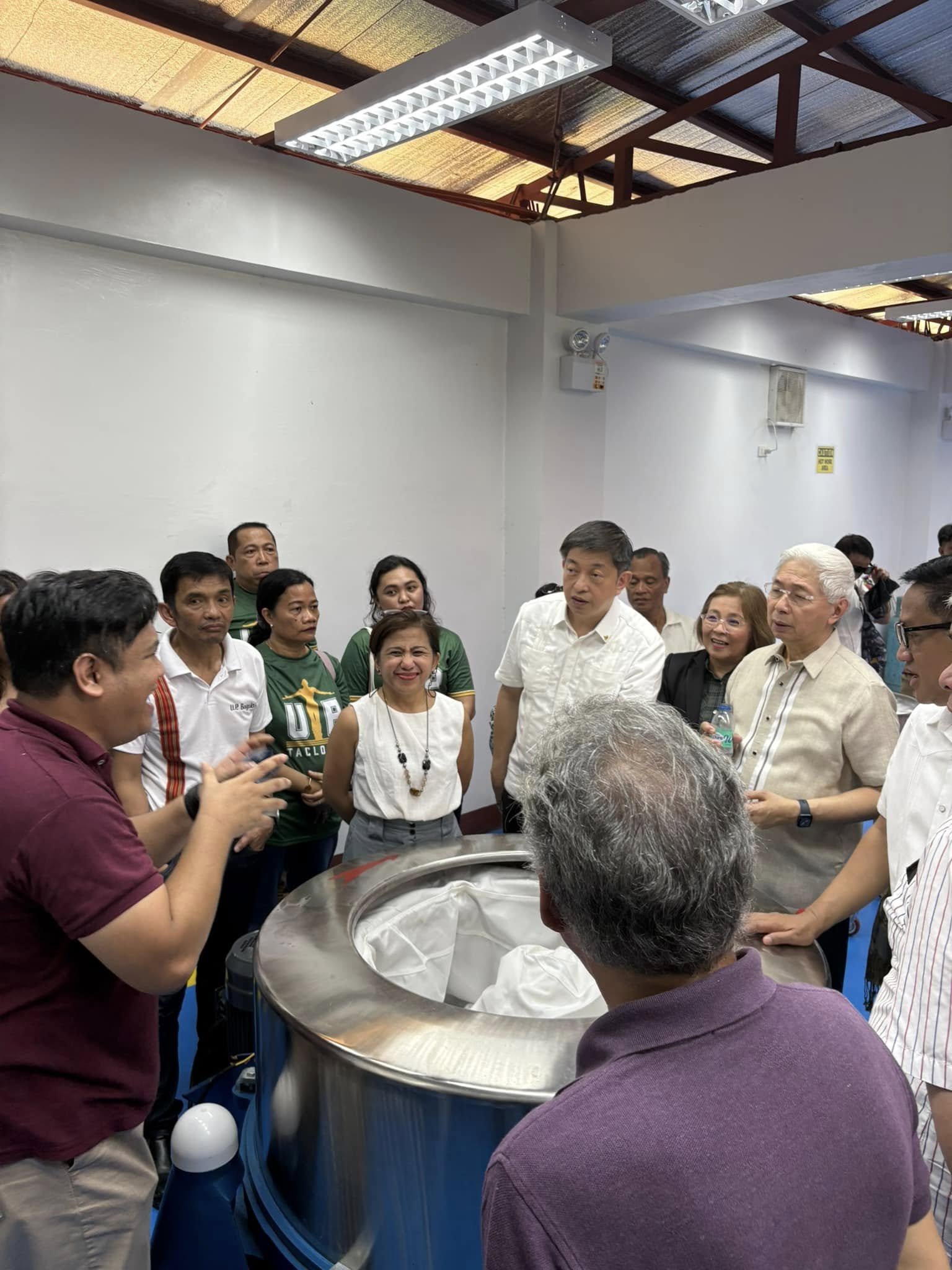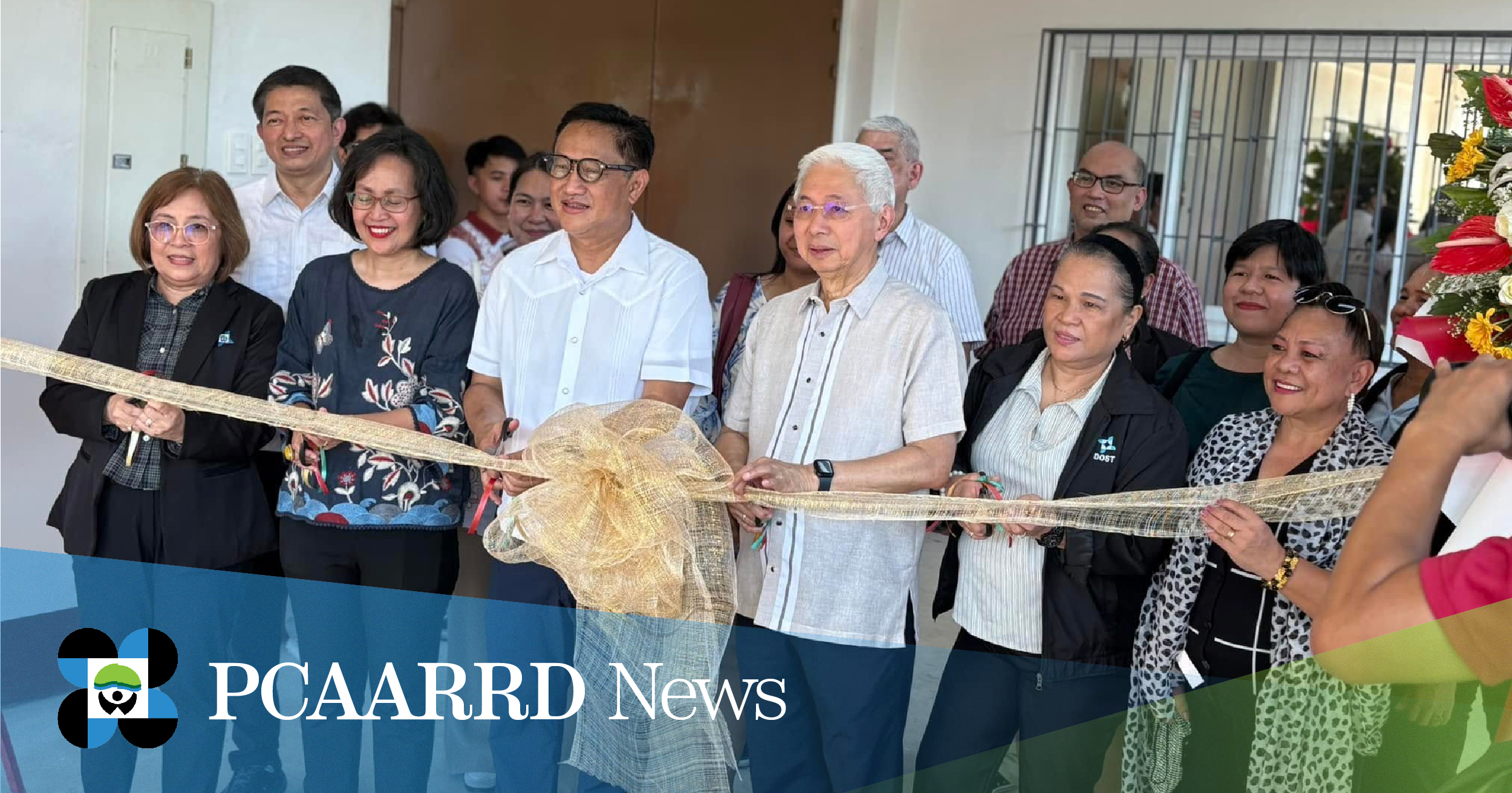The University of the Philippines (UP) Tacloban marked a major accomplishment with the official inauguration of the Philippines’ first-ever Mussel Glycogen Plant (MGP) at the university’s Science and Technology (S&T) Park on July 2, 2025.

The MGP will produce mussel glycogen, a product developed at UP Tacloban, through the research and development (R&D) project, “SMuG-UP: Sustainable Strategies for Mussel Glycogen Upscale Production,” led by Dr. Rolly G. Fuentes. The project is being funded by the Philippine Council for Agriculture, Aquatic and Natural Resources Research and Development of the Department of Science and Technology (DOST-PCAARRD).
MGP is designed to produce glycogen from mussels, a non-food, value-added product, that can be applied as a base for cosmetic products like cream, ointment, and soap. This technology not only allows mussel farmers and communities to earn additional income but also provides a strategic solution to address losses during periods of red tides.
Mussel glycogen can be extracted from three native mussel species: Perna viridis, Modiolus philippinarum, and Mytella strigata. Among these, Perna viridis showed the highest potential, even when affected by red tide. The project’s processing method allows safe glycogen extraction from mussels affected by red tide, thus, giving utility to otherwise unsellable harvests.

Project leader, Dr. Fuentes, related his vision on how the MGP will help him move their project forward by giving them the capacity to produce and test mussel-based products on a larger scale. They are already working on other biomolecules with medical potential, and the plant will support this work. It will also serve as a demo facility for investors or groups interested in using their technology, which can promote more R&D in mussels in the future.
The facility is seen to aid glycogen extraction in upscaled production, especially during peak harvest periods when oversupply can lead to waste. By converting surplus and transforming non-marketable mussel and those not suitable for food, into a high-value glycogen, the project promotes both sustainability and economic advantage.
Testing is currently being done to ensure the safety of the glycogen product, including assessments for potential allergens.
The inauguration ceremony was graced by UP President Atty. Angelo A. Jimenez, UP Tacloban community, DOST, and PCAARRD, highlighting the strong collaboration among agencies in working towards enabling a sustainable mussel aquaculture in the country.
Beyond its technical accomplishments, the MGP mirrors UP Tacloban’s commitment to applying science and technology to promote inclusive development, especially in the aquaculture-dependent communities of Eastern Visayas.
This initiative is an initial step in transforming the country’s mussel industry and empowering local producers through research-driven innovation.


